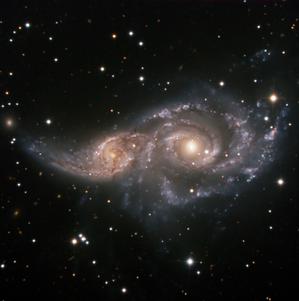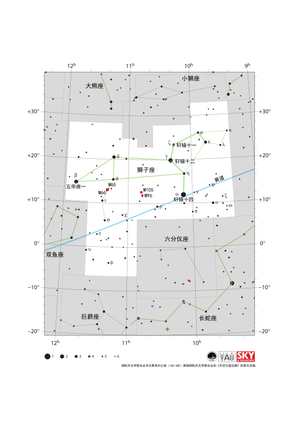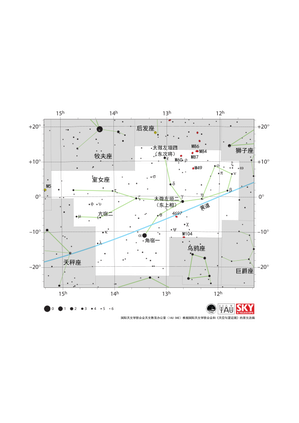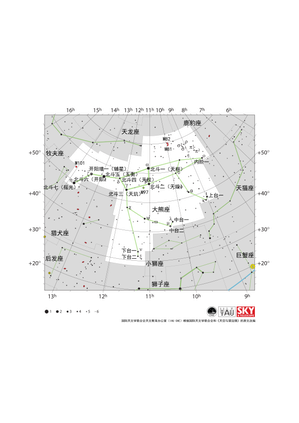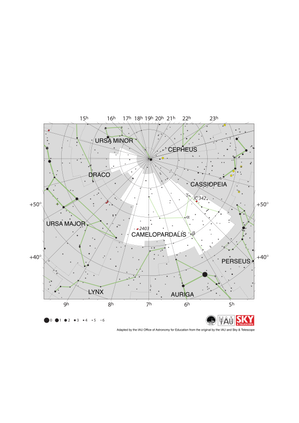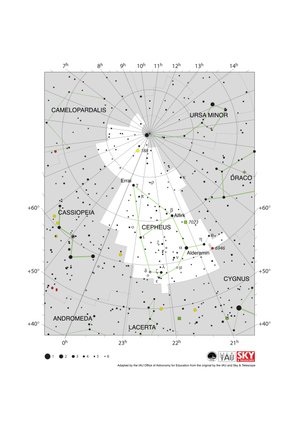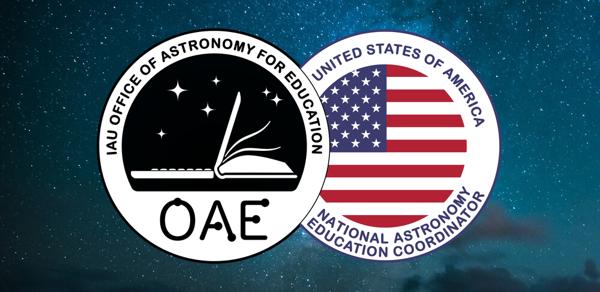Glossary term: 漩涡星系
Description: 漩涡星系是指具有螺旋臂的星系:螺旋臂是在星系旋转过程中形成的密度较高的区域,气体和尘埃在这里被压缩,新的恒星在这里诞生。大多数漩涡星系都是盘状星系,因此这两个名称有时可以互换使用。大多数漩涡星系都有一个由恒星组成的中央核球,许多(包括银河系在内)漩涡星系都有一个中央棒状结构。漩涡星系有别于椭圆星系、透镜星系、不规则星系和矮星系(虽然矮漩涡星系也存在)。
Related Terms:
See this term in other languages
Term and definition status: The original definition of this term in English have been approved by a research astronomer and a teacher The translation of this term and its definition is still awaiting approval
The OAE Multilingual Glossary is a project of the IAU Office of Astronomy for Education (OAE) in collaboration with the IAU Office of Astronomy Outreach (OAO). The terms and definitions were chosen, written and reviewed by a collective effort from the OAE, the OAE Centers and Nodes, the OAE National Astronomy Education Coordinators (NAECs) and other volunteers. You can find a full list of credits here. All glossary terms and their definitions are released under a Creative Commons CC BY-4.0 license and should be credited to "IAU OAE".
If you notice a factual or translation error in this glossary term or definition then please get in touch.
Related Media
漩涡星系合并
Credit: 欧空局 credit link
License: CC-BY-4.0 Creative Commons 署名 4.0 国际 (CC BY 4.0) icons
Related Diagrams
狮子座星图
Credit: 国际天文学联合会天文教育办公室(IAU OAE)根据国际天文学联合会和《天空与望远镜》的原文改编
License: CC-BY-4.0 Creative Commons 署名 4.0 国际 (CC BY 4.0) icons
室女座星图
Credit: 国际天文学联合会天文教育办公室(IAU OAE)根据国际天文学联合会和《天空与望远镜》的原文改编
License: CC-BY-4.0 Creative Commons 署名 4.0 国际 (CC BY 4.0) icons
大熊座星图
Credit: 国际天文学联合会天文教育办公室(IAU OAE)根据国际天文学联合会和《天空与望远镜》的原文改编
License: CC-BY-4.0 Creative Commons 署名 4.0 国际 (CC BY 4.0) icons
Camelopardalis Constellation Map
Credit: Adapted by the IAU Office of Astronomy for Education from the original by the IAU and Sky & Telescope
License: CC-BY-4.0 Creative Commons 署名 4.0 国际 (CC BY 4.0) icons
Cepheus Constellation Map
Credit: Adapted by the IAU Office of Astronomy for Education from the original by the IAU and Sky & Telescope
License: CC-BY-4.0 Creative Commons 署名 4.0 国际 (CC BY 4.0) icons
